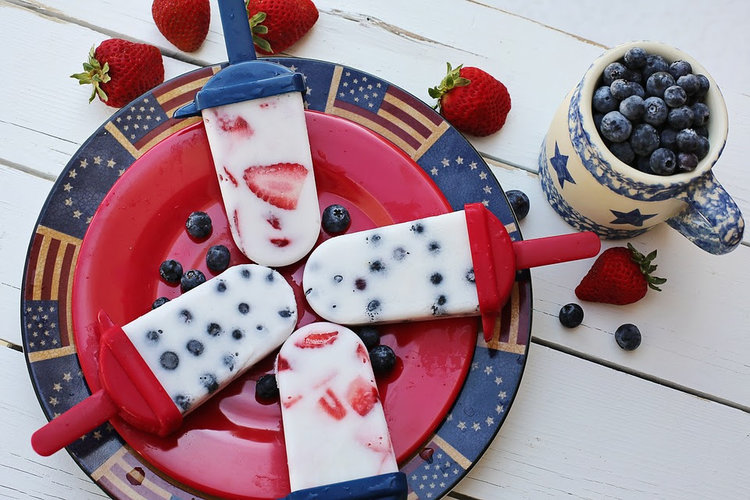The Art Of Organizing
/You know how sometimes you walk into a house and it just feels good? People remark on how it has “great energy?” That simply doesn’t happen when you walk into a space that’s messy, chaotic, or overflowing with clutter. The energy is stale, and you feel off-balance the minute you open the door.
At Organization & Relocation we spend our days increasing people’s productivity by organizing their homes and offices or relocating them--sometimes across town, sometimes across the country. We recommend movers, oversee the move (from pre-move purging to organizing the new space), make the beds, and hang the art. We make packing paper and moving boxes magically disappear.
Throughout this the house becomes a home and the office becomes a place you look forward to spending time in. We want our clients to walk in, sit down, and feel that everything is in its place. We are committed to taking the stress out of the process and setting up organizational systems that work for them. Our motto is, “It’s all in the details,” because the art of creating a beautiful space that has only what you need and use comes down to the little things.
However, organizing is not just about making sure everything is properly put away. It’s about creating beauty and sanctuary within a space. Even if you consider yourself among the creatively challenged, here are a few habits you can incorporate into your everyday life that will make organizing the kind of art you can master:
The Lifestyle Change: If you have less stuff, it naturally follows that you have less stuff to organize. Are you keeping that vase from Grandma just because it was hers even though you can’t stand it? When making a purchase, consider why you are buying it and whether you really need it. Be thoughtful.
The Art of Purging: Grab two trash bags, and walk around your house for 10 minutes. Label one bag “donate” and the other “trash.” Do you have piles of pens you never use because you make notes only on your phone? Do you have six spatulas but hardly ever cook? Be ruthless.
The Burning Questions: Ask yourself these three things when purging: Do I use it? Do I love it? Do I appreciate it? If you don’t get a resounding yes to any of them...get rid of it. Make room for things in your life that you really want. Be honest.
The Beauty of Colorizing: Use the same hangers, whichever style works for you, and organize clothes by genre and color from white to black along the color wheel to make each closet a work of art. Be detailed.
The Art of Art: Hang your art so that the center of the piece is 60” from the floor. Many people hang it too high, believing that it makes the room feel bigger. Your room will feel balanced, and the piece will show better. Be precise.
The Clutter-Free Home: Clear your surfaces and containerize, label, and vertically store meaningful items you absolutely must hang on to. Be selective.
I believe that organizing is a lifetime process, not a one-time event. You don’t have to devote an entire weekend to a massive project. Use ten minutes here, twenty minutes there. Do one drawer, one cabinet, one closet at a time. Try to impose order and beauty where there was none before.
As van Gogh pointed out, “Great things are done by a series of small things brought together.” That’s the true art of organizing; focusing on the details so the masterpiece can be revealed.
Happy Organizing!






























